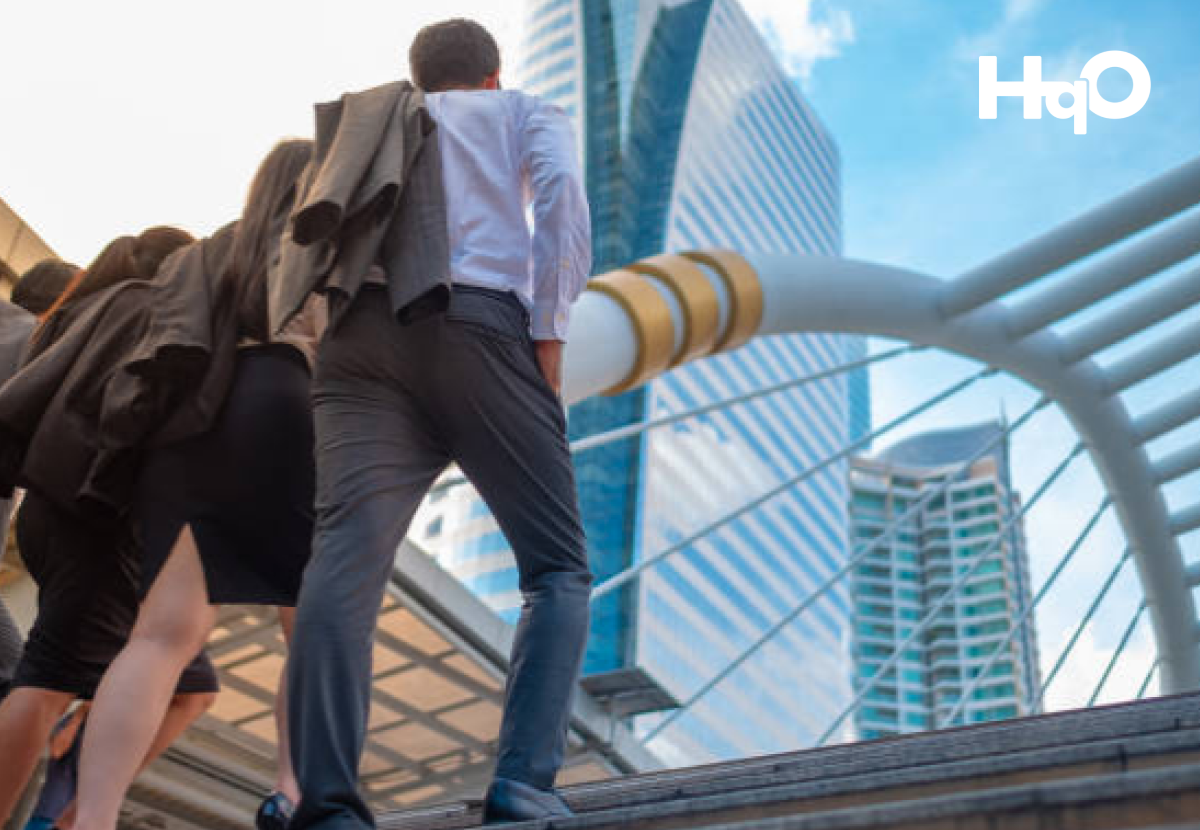Most of us did not fully anticipate the profound impact the COVID-19 pandemic would have on our businesses on March 11, 2020 — even as the National Basketball Association announced the sudden suspension of its season. We did not comprehend the longevity of the business interruption when the rest of the sports and entertainment industries shuttered their facilities one day later in response to the rapidly spreading contagion. The time horizon for an expected return to the office shifted frequently as business owners and executives planned on a pause in normal operations lasting a few weeks, then a few months, and finally extending to an indeterminant length of time. The world was entering an increasingly uncertain territory — a pan-human experience without precedent. Who would have foreseen a global interruption in lifestyle and commerce with no clear roadmap to recovery?
More than a year later, while most retail businesses have returned to modified store operations, the seismic transition to the home as the primary work location for commercial real estate tenants has continued. Unlike past business interruptions, this crisis is not restricted to just one building, one block, one region, or even one industry. It is everywhere and has affected everyone.
Notwithstanding a near future of flexible work options for tenants, we have been planning for more of the workforce to return to our buildings. We are preparing to welcome tenants back with a greater commitment to safer, high quality in-office experiences. While we make those essential preparations, it is also time to plan for the next time.
You may be asking yourself: What does he mean by “the next time”? The pandemic may have been the longest business interruption we have faced, but is not the first — and will most certainly not be the last. Few of us could have foreseen or prepared for the emergence of a global pandemic of the scale and ubiquity that we experienced this past year. However, we have faced many of the individual symptoms before: an inability for tenant businesses to access the workplace, an economic downturn forcing a paring of people and expenses, incidences of civil unrest, even periodic outbreaks of virulent illness. We have encountered these interruptions due to natural disasters, structural failure, protests, labor strife, acts of terror, stock and real estate market crashes, and localized infections in the community.
While we redefine and prepare for the slow recovery from the COVID-19 pandemic, we must recognize that the next challenge may be just around the corner. As we now know, it can come from anywhere, and at any time without warning. It could be five years into the future, but it is not unthinkable that it could be tomorrow. So, even as the current pandemic continues, we must evaluate what we have learned that will better prepare us for the next business interruption. How will we better communicate with our tenants? How will we continue to add value to the relationship while tenants are unable to access the building? How will we help encourage and facilitate their return when it is safe or practical to do so? What additional measures will we take to protect their health and security?
Planning now to prepare our buildings for “the next time” is just as essential as activating our strategies for welcoming a greater number of our tenants back to the office this time. In fact, this essential exercise can better inform our current efforts to improve the quality of the experience provided to our tenants when they do return. Consider what physical features, additional services, and digital enhancements — if they had already been in place — would have facilitated a smoother transition back to the office. What can be implemented now that will fortify our short-term strategies to make the building the place our tenants choose to work most often? At the same time, how can we ensure that we are better prepared so we can respond quickly, and provide open communication and value to our tenants and their employers when we are faced with the next challenge?
The most practical way to maintain communication and reinforce the relationship with the tenant when the office is not accessible is through a robust, thoughtfully designed digital building app. When in the office, the app can offer the tenant immeasurable convenience, productivity tools, and relevant professional- and life-enhancing content and information to facilitate their journey through the business day. At other times, the app can bridge the gap between the in-office and remote work environments — providing connection, value, and content to the tenant no matter where they are working at any given time. If there was any time to introduce a platform that offers an enriched digital tenant experience, it is certainly now. Not only for when our tenants return to our buildings, but to ensure it is in place and ready for “the next time.”
Frank Supovitz, an award-winning experience designer, producer, event organizer, and author, has played a leading role in the success of such world-class properties as the Super Bowl, the Indy 500, and the South Street Seaport in New York City. A respected global thought-leader in sports, entertainment, and facilities management, he brings more than three decades of expertise to the HQO Team as a senior consultant for Tenant Experience. Contact HQO to put our Tenant Experience team to work for you.



